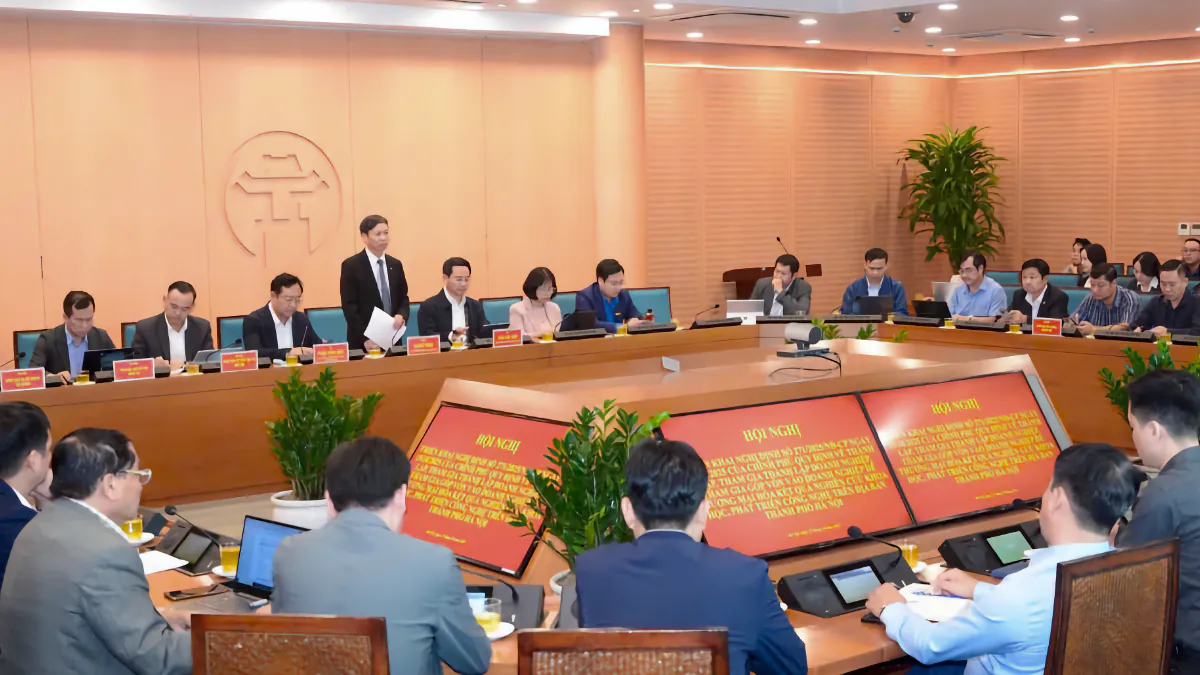Article usually reserved for subscribers. Want more like this? Sign up for free.
The European Union has long had ambitions to harmonise knowledge transfer metrics across the bloc to facilitate comprehensive comparisons between member states and enable a better understanding of how the union fares on a global stage.
Previous efforts have included, for example, the European Commission’s Expert Group on KT Metrics, chaired by Alison Campbell, which published its list of recommendations in 2020.
Today, ASTP – the professional association for knowledge transfer staff in Europe – has published its own Knowledge and Technology Transfer Metrics Report .
The report, written by the National Associations Advisory Committee Working Group on KPI Metrics & Impact, looked at data from 19 countries: Belgium, Bulgaria, Switzerland, Czechia, Germany, Denmark, Spain, France, Ireland, Italy, Luxembourg, Poland, Sweden, Türkiye, the United Kingdom, Australia, New Zealand, the United States, and South Africa.
The report makes several recommendations (more on that below), but it also provides a comprehensive overview of what data points are collected by which country — and it’s a complex picture.
By way of example, here is the table outlining which indicators are collected where. It quickly becomes obvious that many are collected by a majority, but the only metric collected by everyone is patent applications.
Most surprising, perhaps, is that invention disclosures are tracked only in 79% of national surveys. Active patents/patent families are tracked by just 68% of surveys, and the same goes for revenues resulting from IP transactions.

Knowledge transfer in three dimensions
The report cautions that “the risk is considerable that a system of knowledge and technology transfer (KTT) metrics focuses on what is easily measurable and not what is important for providing a comprehensive picture of KTT”.
It offers the concept of a KTT metrics cube, which looks at an activity dimension, a value chain dimension, and a location dimension. A fourth, called the level dimension, tracks from whom or where information is obtained.
In total, the report anticipates that this approach will create 18 (2x3x3) different groups of metrics to fully represent the conditions for, practices, and impacts of knowledge and technology transfer.
The cube is credited to one of the report’s co-authors, Franz Barjak, a professor for economic and social research at the University of Applied Sciences and Arts Northwestern Switzerland.

What even is a spinout?
When it comes to spinouts, it turns out that no common definition exists. This starts with the terminology: in the UK, Ireland, and Türkiye, spinout is common, while most of Europe prefers spinoff.
However, in Sweden and Switzerland, they are typically called startups depending on licence, option or IP sale agreement. The United States, Australia and South Africa also call them startups.
In most of Europe, spinouts are typically companies that use intellectual property or knowledge from a research institution, and this use is governed by a formal agreement.
Bulgaria, Czechia, Spain, and Ireland also consider them spinouts if the research institution holds equity capital. Only the UK and Switzerland require the involvement of employees, students, or alumni.
In Türkiye, it’s a narrower definition, still: only companies co-owned by academic staff are considered spinouts.
And then there’s the question of when a spinout is counted against a tech transfer office’s output: incorporation (used in Spain, France, Switzerland, Italy, and Türkiye) or the date of the IP agreement (used in the UK and Denmark).
In Czechia and South Africa, the definition doesn’t specify which date should be used.
Moving forward: six recommendations
The report presents a list of proposals for definitions that should be used across Europe, and makes six recommendations to advance the continent towards harmonised metrics. These are:
- Work towards obtaining a comprehensive picture of the KTT activities of your organisation by covering all channels used (knowledge valorisation).
- Institutionalise data collections related to KTT at all levels in your higher education and research organisation.
- Report a set of core indicators that cover internal and external inputs, outputs and impacts of KTT.
- Engage in impact pilot studies and develop a solid understanding of the economic and non-economic (technological, social, environmental, political, health-related, etc.) impact of your work.
- Apply the harmonised definitions and work with your funders and owners to find ways to use these definitions for your other reporting requirements as well.
- Bridge any transition period in the changeover of data collection by maintaining old and new (harmonised) definitions of the metrics in order to be able to extrapolate time series.
The report does, however, acknowledge that proposals such as these “always face an uphill struggle when divergent national definitions are required by donors, when long data time series already exist on this basis, or when aspects required by a definition are not (cannot be) recorded”.
So, can it even be done? The fact that this report was put together by practitioners (rather than devised as a purely academic exercise or by politicians) who have spent a considerable amount of time and effort trying to understand the current picture does bode well.
It is, after all, a conversation worth having, and if we truly want to create best practices for knowledge transfer, the first step is having harmonised data to show everyone, no matter where they are, what works and what does not.
The 150+ page report is available in full on the ASTP website.




